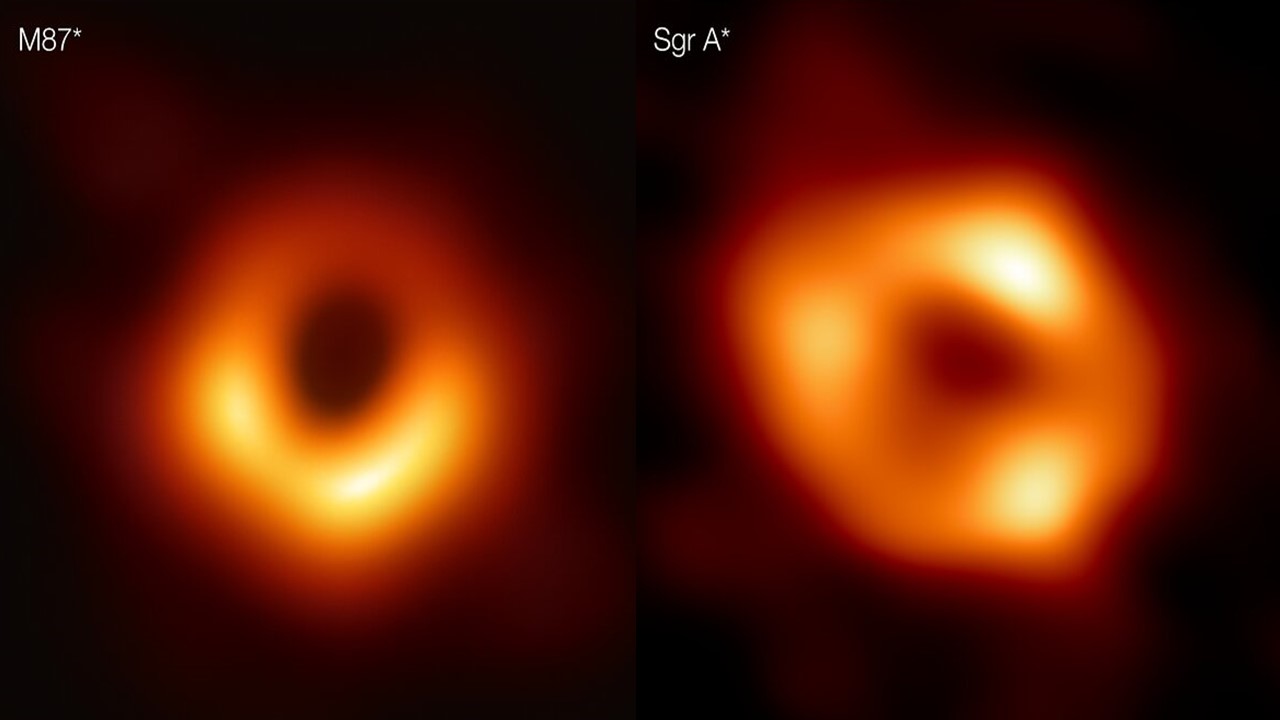
American physicist Richard Feynman won a Nobel Prize for physics in 1965 for his work in quantum electrodynamics. Feynman was a man who always jumped into an adventure: as an artist, a story-teller and an everyday joker whose life was a combination of his intelligence, curiosity and uncertainty.
Despite making fundamental contribution to the field of quantum mechanics, Feynman was often perplexed by its complexity. Feynman said, We don't know what an atom looks like but we can calculate its behavior. It is like a computer trying to calculate how fast a car is going without being able to picture the car.
Following are five quotes by Richard Feynman that reflect his views on quantum physics. As students, we may derive one or two equations, solve few problems and be done with it. But it is a great insight to look back as to how a previous generation of physicists grappled with the bizarreness of quantum mechanics.
1. Personal struggle: I always have had a great deal of difficulty in understanding the world view that quantum mechanics represents. Because I'm an old enough man that I haven't got to the point that this stuff is obvious to me, okay? I still get nervous with it. And therefore, some of the younger students, you know how it always is, every new idea, it takes a generation or two until it becomes obvious that there's no real problem. It has not yet become obvious to me that there is no real problem.
2. Nature is absurd: What I am going to tell you about is what we teach our physics students in the third or fourth year of graduate school. It is my task to convince you not to turn away because you don't understand it. You see my physics students don't understand it... That is because I don't understand it. Nobody does. Quantum mechanics describes nature as absurd from the point of view of common sense. And yet it fully agrees with experiment. So I hope you can accept nature as She is - absurd.
3. Relativity VS quantum mechanics: There was a time when the newspapers said that only twelve men understood the theory of relativity. I do not believe there ever was such a time. There might have been a time when only one man did, (Einstein) because he was the only guy who caught on, before he wrote his paper. But after people read the paper a lot of people understood the theory of relativity in some way or other, certainly more than twelve. On the other hand, I think I can safely say that nobody understands quantum mechanics.
The difficulty really is psychological and exists in the perpetual torment that results from your saying to yourself, "But how can it be like that?" which is a reflection of uncontrolled but utterly vain desire to see it in terms of something familiar. But nature is not classical, dammit, the imagination of nature is far greater than the imagination of man.
4. The mystery of atom: It always bothers me that, according to the laws as we understand them today, it takes a computing machine an infinite number of logical operations to figure out what goes on in no matter how tiny a region of space, and no matter how tiny a region of time.
How can all that be going on in that tiny space? Why should it take an infinite amount of logic to figure out what one tiny piece of space/time is going to do? So I have often made the hypotheses that ultimately physics will not require a mathematical statement, that in the end the machinery will be revealed, and the laws will turn out to be simple.
5. On nature of reality: Does this then mean that my observations become real only when I observe an observer observing something as it happens? This is a horrible viewpoint. Do you seriously entertain the idea that without the observer there is no reality? Which observer? Any observer? Is a fly an observer? Is a star an observer? Was there no reality in the universe before life began? Or are you the observer? Then there is no reality to the world after you are dead? I know a number of otherwise respectable physicists who have bought life insurance.
class="pinterest-img"




























 Physics, astronomy and science history blog for students
Physics, astronomy and science history blog for students